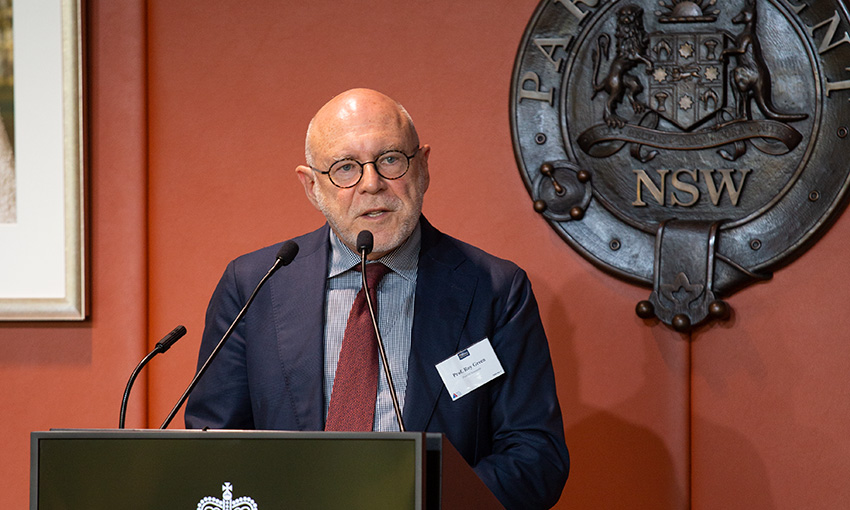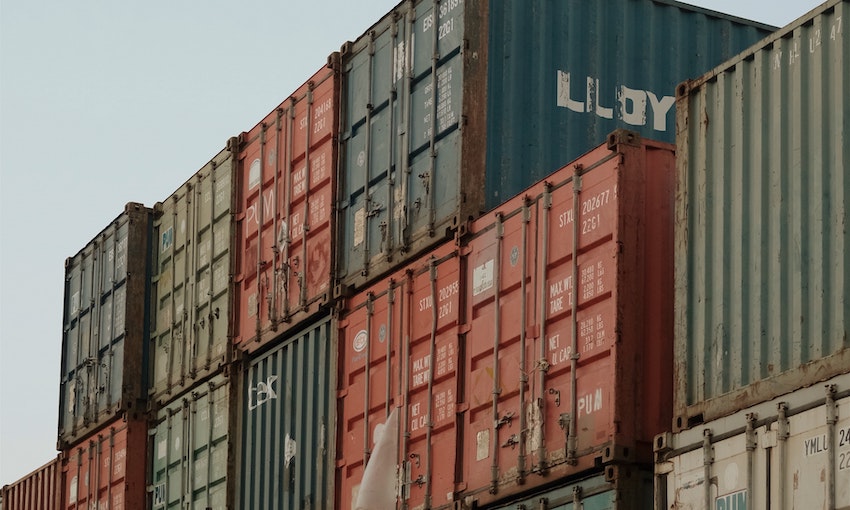SPEAKING at Shipping Australia’s NSW Parliamentary Luncheon on Thursday, Port of Newcastle chair Professor Roy Green detailed plans for the port to diversify its trades as global demand for coal diminishes in the future.
“We’re looking at a changed environment after Saturday, how much change remains to be seen. The Port of Newcastle is certainly changing,” he said.
“One thing that hasn’t changed is that Port of Newcastle is the largest coal export port in the world, but for how long can we maintain our positioning in coal, given the huge energy transition that’s taking place around us.”
He said coal exports out of Newcastle will certainly continue for years to come.
“We will export coal for as long as there is a market,” he said.
Mr Green turned to the city of Newcastle’s recent past to illustrate the point that there needs to be a plan – and indeed Port of Newcastle has a plan – for the decline of coal.
“Newcastle was home to one of the world’s largest integrated steelworks. In 1939, it was the largest integrated steelworks in the British Empire. Twenty-three years ago it closed and the impact was dramatic,” he said.
Mr Green said while BHP had a program to address the needs of the workforce, other planning for the transition was inadequate.
“It was a truly traumatic experience, with the closure of huge numbers of businesses in the steel supply chain, and in fact repercussions across the region,” he said.
“One in five people in the region lost their job and the city went into recession.”
But, he said, the thing that turned it around was coal exports.
“We’re now reaching another turning point in our history, and it’s our responsibility as custodians of the Hunter’s largest and significant asset, to not allow that to happen again,” he said.
“We cannot wait for the decline of coal, and only then to act. Our role in Australia and NSW’s clean energy future is gathering pace.”
Mr Green said Port of Newcastle intends to play a huge role in the development of hydrogen and its scaling up for export.
“We have a public commitment to have the port hydrogen ready by the end of 2024, and we have a green hydrogen joint venture project already underway, which will be completed in 2025,” he said.
And, Mr Green said, the port is also looking forward to building its large-scale, automated, deepwater container port that will be able to accommodate ultra-large containerships.





